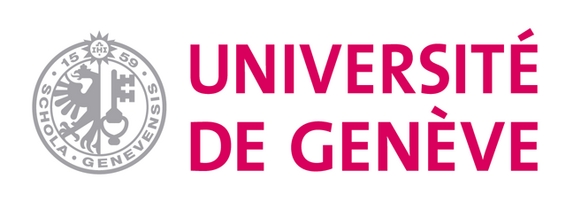This research project aims to investigate factors contributing to inequality in health, with a specific focus on objective and subjective conditions creating vulnerability. The underlying mechanisms shaping individuals’ health are still poorly understood, particularly in vulnerable groups. We propose that perceptions of resources play a central role, contributing to perceived vulnerability. Patterns of actual resources and individuals’ resources perceptions will be studied in predefined groups as risk, in order to examine dynamics between objective conditions and individuals’ perceptions under those conditions.

Our research will be in line with central assumptions of stress theory, which argue that individuals experience stress when they appraise certain circumstances as beyond their coping capacity, hence emphasizing the importance of subjective evaluations. In fact, anticipation and perception of resource loss are key drivers of the stress experience and may have either positive protective and negative effects.
A better understanding of patterns of objective and perceived resources in groups at risk will help to develop interventions or policies that actually meet the needs of minority (however large) groups of the population, taking into account their own definition of good health.
IP2-Health seeks to address three gaps in the literature:
- Analysis of patterns of actual (objective) and perceived (subjective) resources in the creation of health inequalities.
- Gender-oriented research in health conditions and perceptions.
- Combinations of objective living conditions and individuals’ perceptions in health.
Research questions
Which patterns of resources are associated with respectively poor and good health in groups at risk?
We aim to uncover the resources patterns supporting good health vs. the patterns negatively influencing health in groups at risk. Health will include physical and mental health, and (gendered) patterns of resources such as socio-economic aspects, psychological, relations and contextual factors will be considered. We shall also examine to which extent health loss triggers negative changes in resources patterns and loss spiral, how such developments can be altered, and whether adverse circumstances can lead to developing additions resources and strengths.
What psychosocial mechanisms underlie the elaboration of perception of resource among groups at risk?
To empower groups at risk, it is crucial to examine how individuals perceive their health in relation with social expectations about health quality that may vary across social groups. Such perceptions may depend on individuals’ interpretations of their health in the light of their specific life circumstances, their own expectations, but also in relation to the dominant and possibly misleading social norms about what “good health” means.




